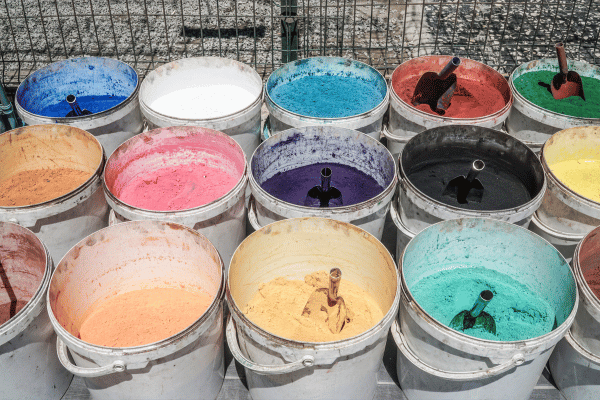
The Mexico paints and coatings market reached a value of approximately USD 3,500.50 million in 2024. The market is projected to grow at a CAGR of 5.30% between 2025 and 2034, attaining a value of nearly USD 5,866.97 million by 2034.
Mexico has emerged as one of the most dynamic paints and coatings markets in Latin America, supported by strong growth in the construction, automotive, and industrial sectors. Rapid urbanization, infrastructure modernization, and increasing investments in real estate development have boosted demand for decorative paints, protective coatings, and industrial finishes.
Furthermore, the growing focus on sustainable and low-VOC (volatile organic compound) formulations, alongside the rising popularity of smart coatings, is shaping the next generation of paint products in Mexico.
Local manufacturers and global corporations are expanding production capacities and distribution networks to cater to Mexico’s growing domestic and export demand. The market is also benefiting from increased foreign investment in manufacturing, as Mexico strengthens its role as a North American industrial hub under new trade frameworks.
Market Dynamics
Key Drivers
1. Booming Construction and Infrastructure Development
The paints and coatings market in Mexico is closely tied to the construction industry, which has witnessed significant momentum in recent years. Major urban centers such as Mexico City, Monterrey, and Guadalajara are seeing large-scale housing, commercial, and industrial projects.
Government-backed infrastructure initiatives focusing on transportation, logistics, and residential development continue to drive steady demand for architectural and decorative paints. Rising disposable income and improved living standards are also encouraging homeowners to invest in renovation and aesthetic upgrades.
2. Expanding Automotive and Industrial Manufacturing Base
Mexico’s position as one of the largest automotive producers in the Western Hemisphere directly supports the paints and coatings market. The automotive coatings segment is growing steadily as global automakers like Volkswagen, General Motors, Ford, and Nissan expand operations in the country.
High-performance coatings used for corrosion resistance, aesthetics, and durability are in strong demand. Additionally, Mexico’s industrial manufacturing sector—ranging from machinery and electronics to metal fabrication—relies heavily on industrial coatings for protection and performance.
3. Growing Awareness of Sustainability and Eco-Friendly Products
Environmental sustainability is increasingly influencing consumer and industrial purchasing decisions. There is a noticeable shift from solvent-based coatings to waterborne and powder-based formulations that emit fewer harmful compounds.
Regulatory agencies and consumers are pressuring manufacturers to reduce VOC emissions and adopt sustainable raw materials. This has encouraged innovation in bio-based resins, natural pigments, and energy-efficient manufacturing processes.
4. Rising Urbanization and Middle-Class Expansion
The continued growth of Mexico’s urban middle class is fueling demand for decorative paints and coatings. Consumers are more inclined toward premium and customized color options, reflecting global lifestyle trends.
Interior designers and property developers are influencing preferences for texture-based paints, matte finishes, and eco-friendly options, further diversifying product portfolios in the market.
Market Challenges
1. Volatility in Raw Material Prices
Paints and coatings production depends on raw materials such as resins, solvents, and pigments, many of which are petroleum-derived. Price volatility in crude oil and raw material shortages can affect production costs and profitability.
Manufacturers are exploring local sourcing strategies and sustainable alternatives to mitigate these risks, though it remains a significant challenge for small and medium enterprises (SMEs).
2. Environmental Regulations and Compliance
Mexico’s environmental authorities, such as SEMARNAT (Secretaría de Medio Ambiente y Recursos Naturales), are tightening VOC emission standards and waste disposal regulations.
Compliance with these standards requires significant investment in reformulating products and upgrading production technologies. Smaller producers often struggle to meet regulatory requirements without raising costs.
3. Competition from Low-Cost Imports
The influx of low-cost imported paints and coatings, particularly from Asian countries, creates competitive pressure for local manufacturers. This has prompted domestic companies to emphasize product differentiation, brand reputation, and quality assurance as key selling points.
Market Trends
1. Shift Toward Water-Based and Low-VOC Coatings
Environmental sustainability is reshaping product development. Water-based coatings are rapidly replacing traditional solvent-based variants in both residential and industrial applications.
Manufacturers are introducing low-odor, fast-drying, and eco-friendly paints to align with global green building standards. This transition also complements Mexico’s efforts to reduce environmental pollution.
2. Technological Innovation and Smart Coatings
Innovation is a major driver of competitiveness in the Mexican paints and coatings industry. Smart coatings with self-cleaning, anti-microbial, and heat-reflective properties are gaining traction, particularly in the construction and healthcare sectors.
The rise of nanotechnology in coatings enhances durability, resistance, and energy efficiency, making these solutions increasingly desirable for commercial and industrial customers.
3. Digital Transformation and E-Commerce Growth
Digitalization is transforming how paints and coatings are marketed and sold. Consumers now rely on online color visualization tools, augmented reality apps, and direct-to-consumer platforms to make purchase decisions.
Paint manufacturers are leveraging e-commerce and social media platforms for targeted marketing campaigns, tutorials, and influencer partnerships. This trend has accelerated post-pandemic, as more customers prefer online shopping convenience.
4. Growing Preference for Customization and Aesthetics
The interior design and real estate sectors are fueling demand for personalized paint solutions. Textured, metallic, and designer finishes are becoming increasingly popular among urban consumers seeking aesthetic differentiation.
Paint manufacturers are responding with color-matching technologies, digital catalogs, and specialized tinting systems to cater to these evolving preferences.
Market Segmentation
By Type
Decorative/Architectural Paints and Coatings
Interior paints
Exterior paints
Emulsions and enamels
Industrial Coatings
Automotive coatings
Marine coatings
Powder coatings
Protective coatings
Decorative coatings account for the majority of the market share, driven by residential and commercial construction activities. Meanwhile, industrial coatings are expanding rapidly due to Mexico’s thriving manufacturing and automotive sectors.
By Resin Type
Acrylic
Epoxy
Alkyd
Polyurethane
Polyester
Others
Acrylic resins dominate the market for their versatility and durability, particularly in decorative applications. Epoxy and polyurethane coatings are prevalent in industrial and automotive use due to their superior resistance and performance.
By Technology
Water-based
Solvent-based
Powder coatings
UV-cured coatings
Water-based technologies are witnessing the fastest growth, aligned with sustainability trends and stricter environmental standards.
By End Use
Residential Construction
Commercial Buildings
Automotive Industry
Industrial Manufacturing
Marine and Transportation
The residential construction segment continues to lead, supported by ongoing housing demand and renovation projects. The automotive segment follows closely, benefiting from Mexico’s robust vehicle production ecosystem.
Regional Insights
While the paints and coatings market in Mexico is nationwide, certain regions display distinct growth patterns due to industrial and urban development.
Central Mexico (Mexico City, Estado de México, Puebla):
Dominates the market due to dense urbanization, infrastructure projects, and high construction activity. Home to several major manufacturing facilities and distribution hubs.Northern Mexico (Monterrey, Chihuahua, Baja California):
Strong demand for industrial and automotive coatings owing to proximity to U.S. markets and concentration of maquiladora industries.Western and Southern Mexico (Guadalajara, Jalisco, Yucatán):
Witnessing rising residential and tourism-driven construction, leading to growing demand for decorative paints and marine coatings.
Regional government projects focusing on housing and commercial expansion continue to stimulate paint consumption across these zones.
Competitive Landscape
The Mexico paints and coatings market is highly competitive, featuring a mix of multinational corporations and domestic players. Companies compete on product innovation, sustainability, pricing, and distribution strength.
Major Companies
Comex (PPG Industries, Inc.)
Sherwin-Williams Company
Akzo Nobel N.V.
BASF SE
Axalta Coating Systems Ltd.
RPM International Inc.
Nippon Paint Holdings Co., Ltd.
Valspar Corporation
Jotun Group
Sayer Lack (Sherwin-Williams Mexico)
Comex and Sherwin-Williams are dominant players with extensive retail networks and strong brand recognition. Global leaders such as Akzo Nobel, PPG, and BASF have expanded manufacturing operations in Mexico to serve both domestic and export markets.
Strategic initiatives include:
Investments in eco-friendly production facilities.
Collaborations with automotive manufacturers for customized coating solutions.
Introduction of new color systems and premium paint ranges.
Expansion of digital and e-commerce channels to reach consumers directly.
Future Outlook
Between 2025 and 2034, the Mexico paints and coatings market is poised for sustained expansion, driven by industrial diversification, infrastructure modernization, and consumer preference for high-quality decorative finishes.
The industry will likely experience:
Increased adoption of sustainable technologies and low-VOC formulations.
Integration of smart coating innovations in industrial and architectural applications.
Growth in automotive and manufacturing demand, supported by Mexico’s strengthening industrial ecosystem.
Expansion of e-commerce and digital engagement, particularly among younger, tech-savvy consumers.
Moreover, regional investments in real estate and tourism infrastructure will continue to generate strong demand for interior and exterior paints. With global brands intensifying their focus on the Mexican market, partnerships and technology transfers are expected to accelerate.
The long-term growth trajectory will be reinforced by economic stability, rising consumer incomes, and continued industrial development, solidifying Mexico’s position as one of Latin America’s leading paints and coatings markets.


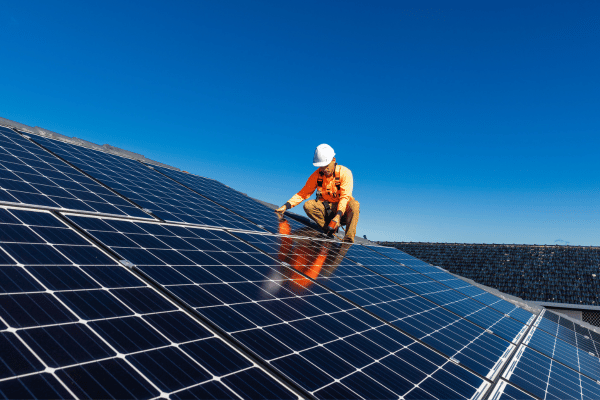
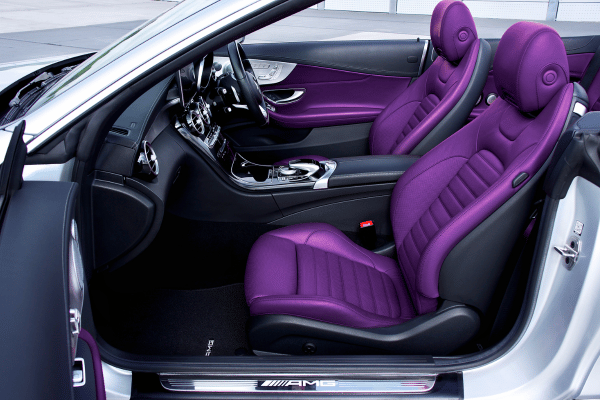


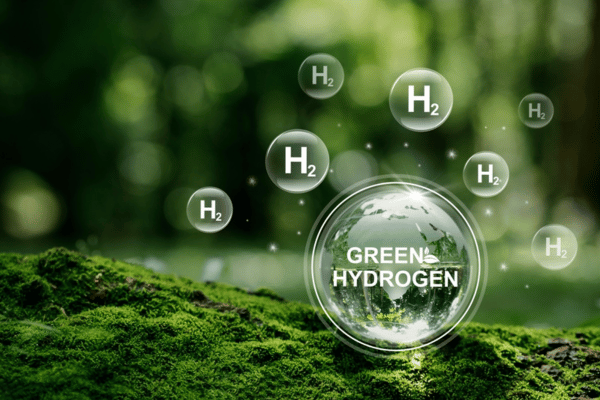
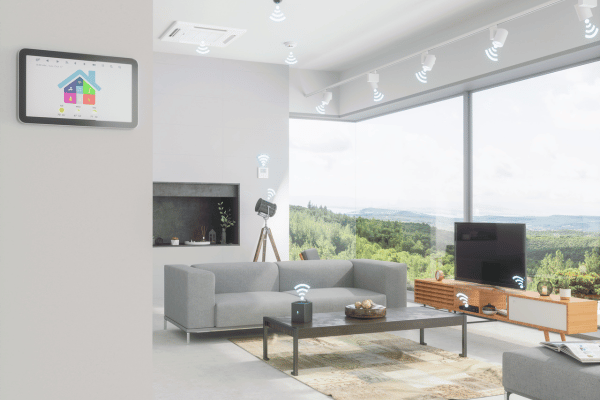
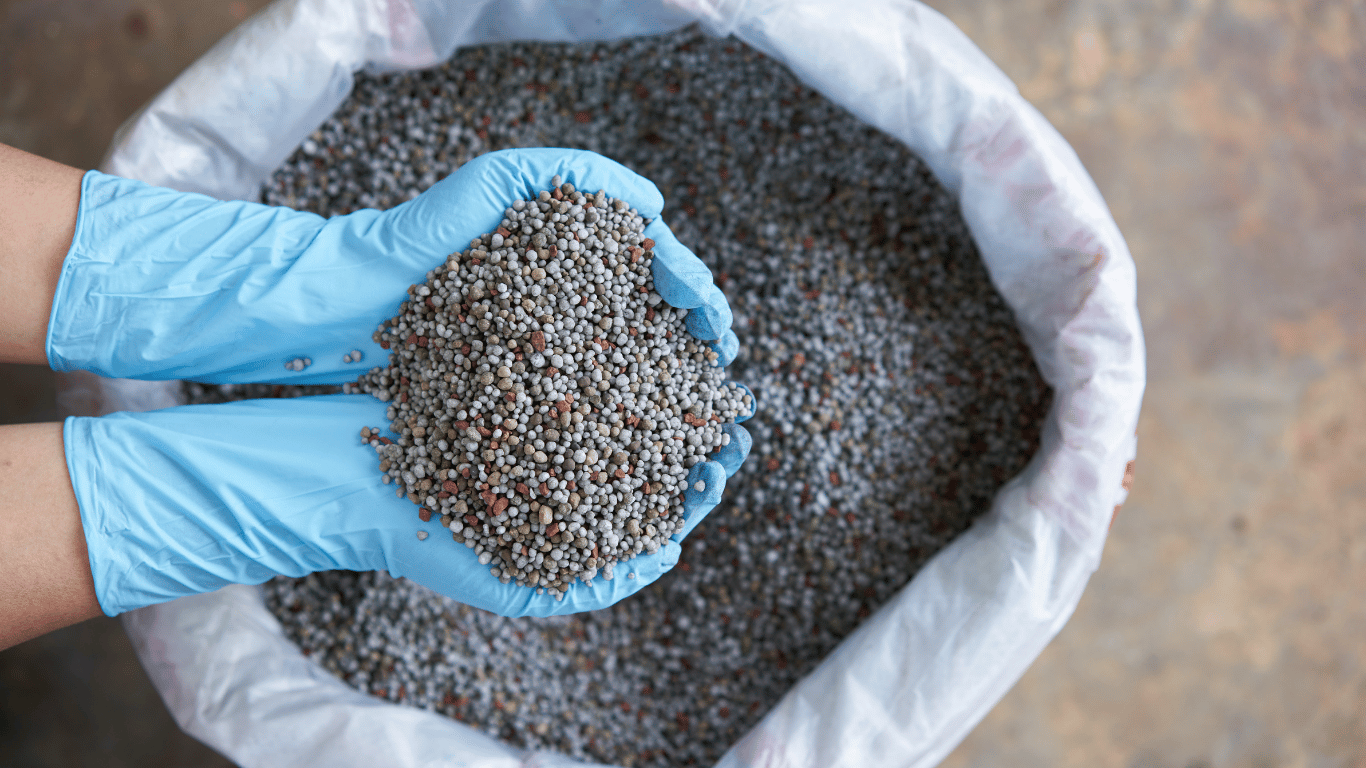











Write a comment ...